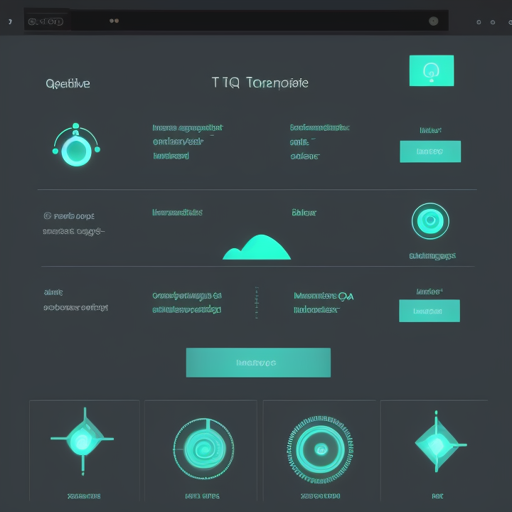In the world of natural language processing, BERT (Bidirectional Encoder Representations from Transformers) has become a cornerstone model used for a variety of tasks, including question answering (QA). BERT-Tiny, a smaller and more efficient variant created by Google Research, makes it easier to deploy in environments with limited computational resources. In this blog, we will walk through how to fine-tune BERT-Tiny on the SQuAD v2.0 dataset for QA tasks.
Understanding BERT-Tiny
BERT-Tiny is part of a family of smaller BERT models designed for those working with limited resources. Released on March 11th, 2020, it offers efficient performance while retaining the core capabilities of the original BERT model. Think of it as a compact toolbox filled with essential tools for tackling various NLP tasks, particularly useful in settings where you can’t take the full-sized toolbox with you.
What You Will Need
- A computational environment capable of running Python.
- Access to the SQuAD v2.0 dataset, which combines answerable and unanswerable questions.
- Installation of the ‘transformers’ library from Hugging Face.
Fine-Tuning BERT-Tiny
To train the BERT-Tiny model on the SQuAD v2.0 dataset, follow these steps:
1. Setting Up Your Environment
First, make sure you have Python and the necessary libraries installed. You can install the ‘transformers’ library with the following command:
pip install transformers2. Load the Model and Tokenizer
Use the following code snippet to load BERT-Tiny along with its tokenizer:
from transformers import pipeline
qa_pipeline = pipeline(
"question-answering",
model="mrm8488/bert-tiny-5-finetuned-squadv2",
tokenizer="mrm8488/bert-tiny-5-finetuned-squadv2"
)3. Prepare Your Data
Now, you will need to provide some context and a question to the QA pipeline to get results. For example:
context = "Manuel Romero has been working hard in the repository huggingface/transformers lately."
question = "Who has been working hard for huggingface/transformers lately?"
result = qa_pipeline(question=question, context=context)
print(result)Training the Model
To fine-tune the model on the SQuAD dataset, you will need to follow the script provided in the Hugging Face GitHub repository. The training of the model requires a significant amount of computing power, ideally utilizing a GPU.
Model Evaluation
After training, you can evaluate the model using metrics such as Exact Match (EM) and F1 score. For example, BERT-Tiny fine-tuned on SQuAD2.0 achieved:
- EM: 57.12
- F1: 60.86
Troubleshooting
Here are some common troubleshooting tips:
- If your model is not training as expected, check your hardware specifications to ensure they meet the requirements.
- Make sure your dataset format is correct; otherwise, the model may not be able to learn effectively.
- If you encounter memory issues, consider reducing the batch size during training.
For more insights, updates, or to collaborate on AI development projects, stay connected with fxis.ai.
Conclusion
Fine-tuning BERT-Tiny can be a straightforward process if followed step-by-step. With its ability to operate effectively in lower resource environments, BERT-Tiny opens up opportunities for wider applications in QA tasks.
At fxis.ai, we believe that such advancements are crucial for the future of AI, as they enable more comprehensive and effective solutions. Our team is continually exploring new methodologies to push the envelope in artificial intelligence, ensuring that our clients benefit from the latest technological innovations.

